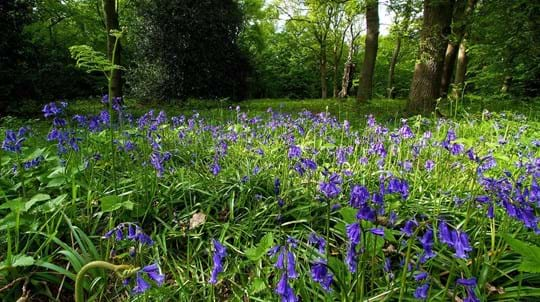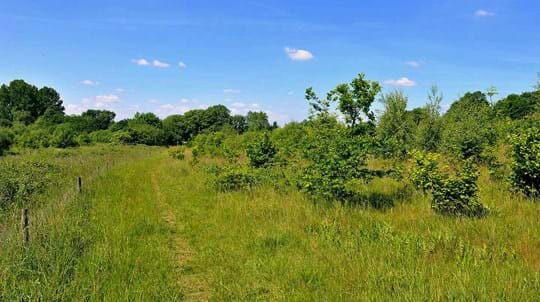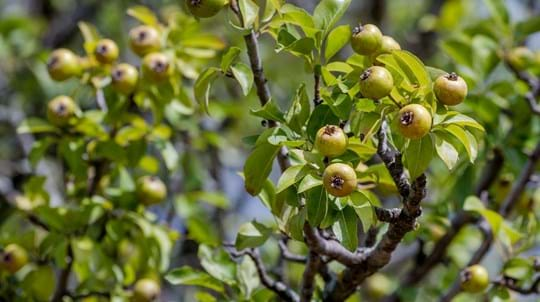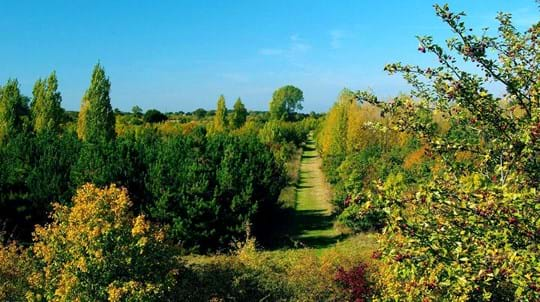
Woodland Trust Wood
Hainault Forest
Romford
113.37 ha (280.14 acres)
The landscape of the East Anglian Claylands is at the forefront of fighting tree disease, climate change, and biodiversity loss.
We’re calling on all farmers and landowners to help create a resilient landscape where trees and woods thrive for farming and wildlife.
We can all play a part. Find out how you can get involved.
Covering much of South Norfolk, Suffolk, and Essex, the landscape of the East Anglian Claylands is known for rolling farmland, winding hedgerows and pockets of ancient woodland. It's a major part of the ‘breadbasket’ of England where farmers grow food for millions of people every year.
Woods and trees play an important role in the farmed landscape as they provide vital habitat for farmland wildlife, such as turtle doves, hazel dormice, bats, and pollinators. They also help to boost soil health and protect crops and livestock from weather extremes.
Between 1850 and the present day, only 51% of trees outside woods (TOWs) still exist, and there has been a loss of boundary trees (54%) and scattered trees (84%).
The Claylands has lost 50% of its farmland trees over the past 100 years.
The cause? Land use change and intensive farming practices, as well as unsustainable deer populations and the effects of new and existing tree diseases such as Dutch elm disease and chalara ash dieback. As a result of disease, up to two million ash trees alone could be lost from farmland in the coming years.
Meanwhile, farmers are facing many new challenges from climate change and extreme weather events, as well as a loss of wildlife habitat. This is leading to a decline in pollinators and imbalances in delicate ecosystems.
Between people and the land, between farming and forestry, and between ecologically rich habitats.
In addition to caring for our 34 woodlands in the Claylands, we’re supporting farmers and landowners to help create a resilient landscape, where trees and woods thrive for farming and wildlife.
This means protecting and restoring the trees we’ve already got, but also creating new ones in the right places.
We’ve achieved a lot already. Together with farmers, landowners, and partner organisations, we’ve planted over 165,000 farmland trees, 100 hectares of new native woodland, and brought 40 hectares of small woodlands on farms into positive management since 2019.
We’re supporting a growing network of agroforestry farms across the Claylands, where farmers are planting trees to increase productivity, sequester carbon, and boost wildlife alongside farming.
of farmland trees have been lost over the past 100 years.
What happens on your farm matters, and you can take action to help restore the landscape.
If you farm or manage land in the Claylands we want to hear from you! Get in touch today for free, no-obligation advice on tree and woodland conservation on your land. You can reach us at easternclaylands@woodlandtrust.org.uk or read about our offers below:
For more information, or to sign up to our offers, contact us at easternclaylands@woodlandtrust.org.uk
See for yourself what we have already achieved.
We care for many woods across the Claylands, which are free for everyone to explore and enjoy. Find a wood to explore.

Woodland Trust Wood
Romford
113.37 ha (280.14 acres)

Woodland Trust Wood
Fordham nr Colchester
204.96 ha (506.46 acres)

Woodland Trust Wood
Barking Needham Market
23.68 ha (58.51 acres)

Woodland Trust Wood
Aveley
55.44 ha (136.99 acres)

Woodland Trust Wood
Langley Vale
259.69 ha (641.69 acres)